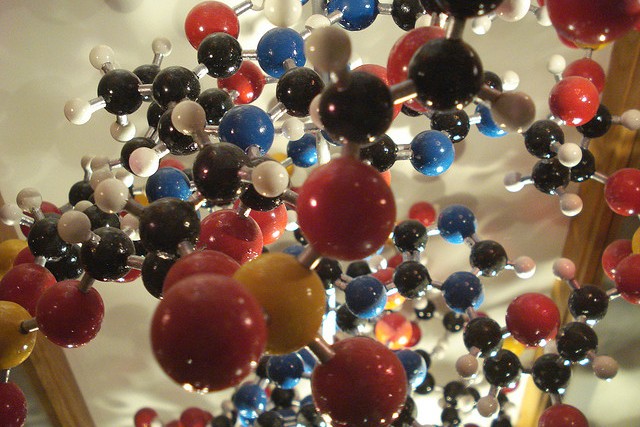Crystal Polymorphisms
Chemist Mark Tuckerman on the importance of chemical polymorphism, the consequence it can have for pharmaceutical companies, and the problems yet to solve
videos | February 20, 2015
Why do chemical compounds turn into different polymorphs? Why this phenomena may be a serious problem? What can drug manufacturers do to prevent it? New York University Prof. Mark Tuckerman on predicting crystal structures computationally.
In our basic physics and chemistry courses, most of us learn about the solid state of matter. What we learn is that the solid state is a place of considerable structural diversity. We learn for example that solids can sometimes be amorphous, exhibiting disorder over a relatively long length scale, or that solids might commonly might exist as regularly ordered structures called crystals, in which we have a small unit that’s repeated infinitely throughout space.
Polymorphism is a very interesting phenomenon. The very first question that comes up is why should we care about polymorphism? Well, if I’m a drug manufacturer for example, than I care considerably about polymorphism. So, drugs, medications, are often created in the solid form, so as crystals. Usually that is the phase that is the most stable, and lasts a long time, along with being the easiest to transport. It’s sort of the preferred form for the pharmaceutical industries to administer their compounds.
This problem of polymorphism, the fact that one compound can convert to another one, can be a big problem for drug manufacturers if another polymorph turns out to not be bioavailable at the end of the day. This is something you’d like to be able to predict before you go to market, rather than having to deal with the expense and bad PR of having to recall your drug and reformulate it.





























